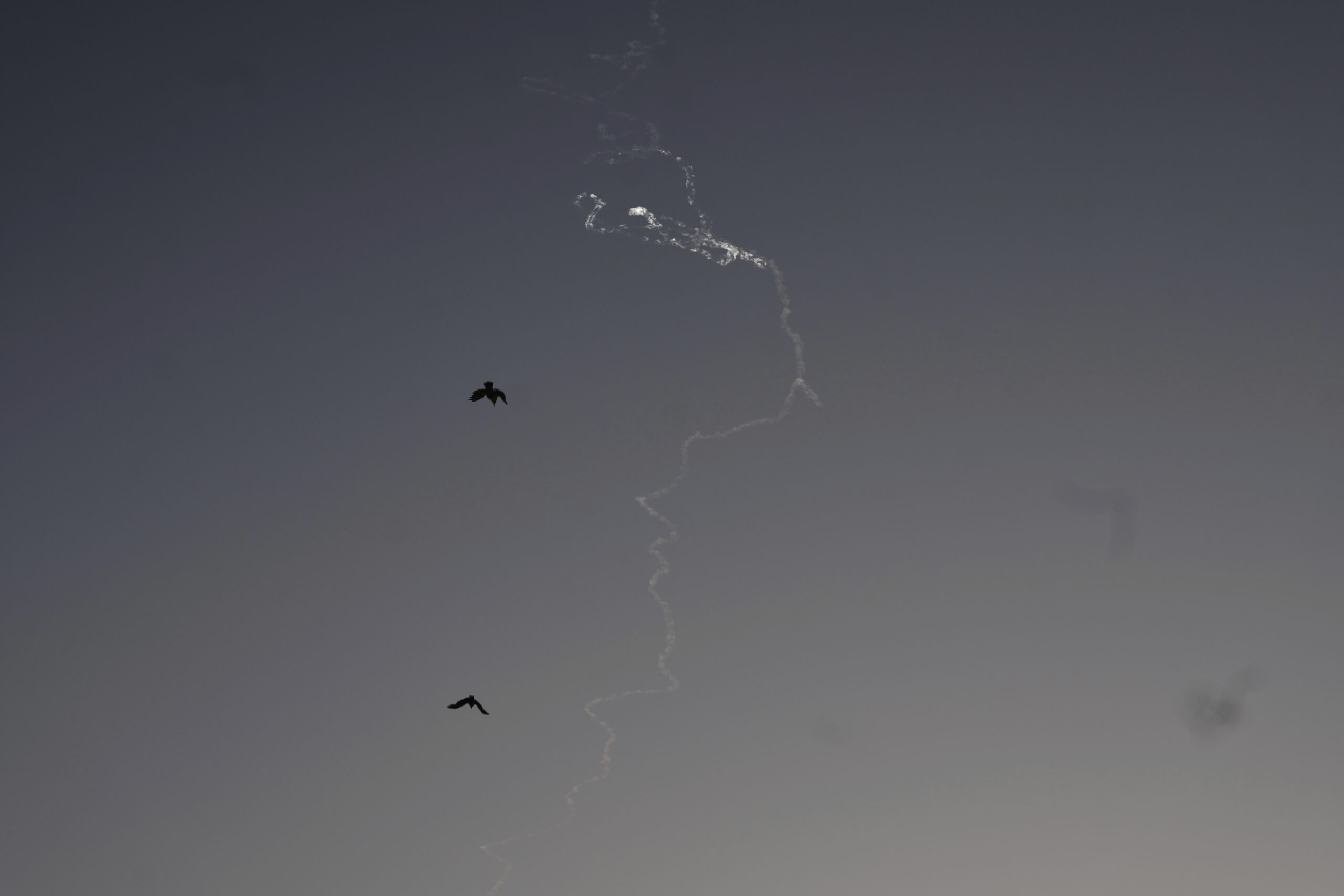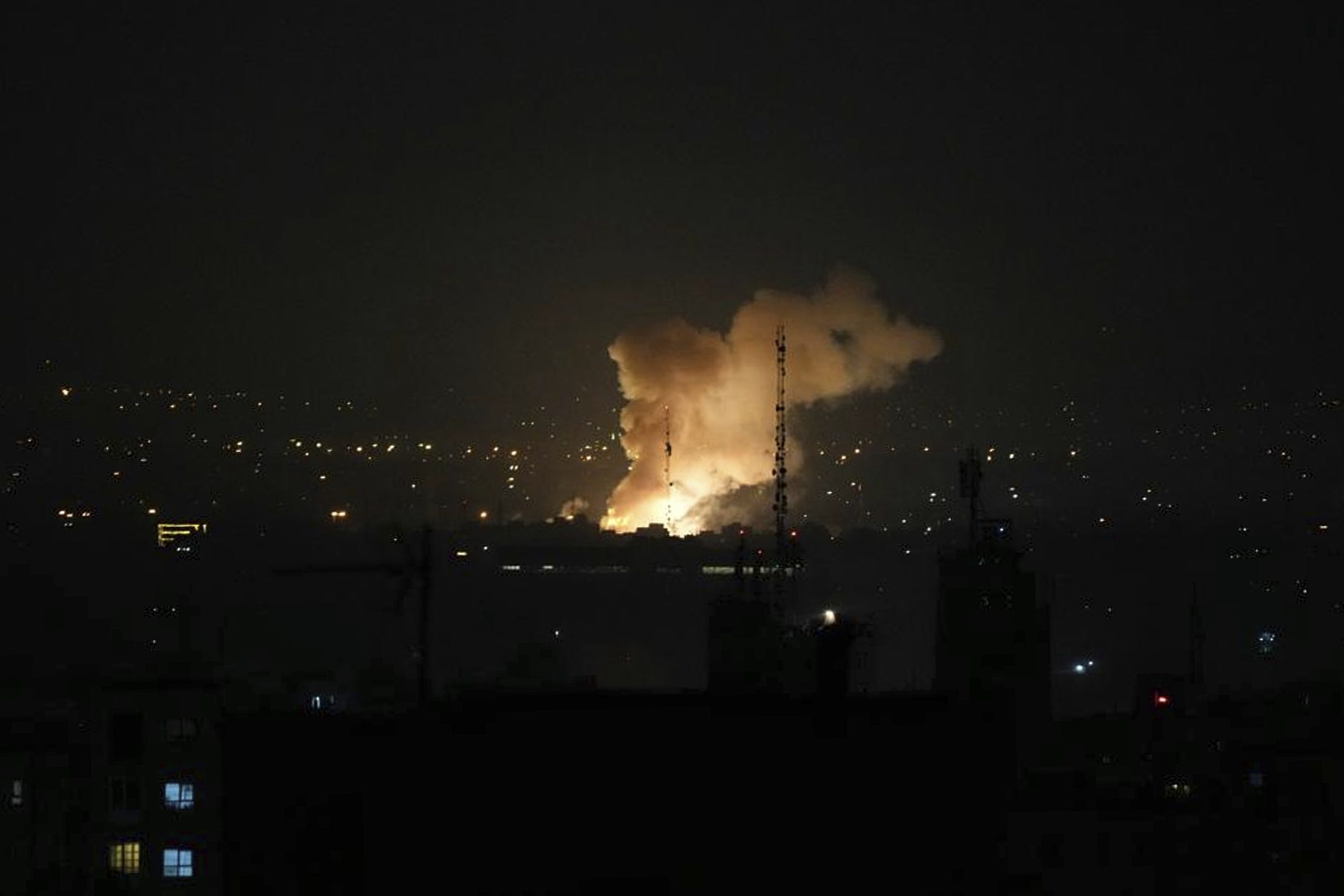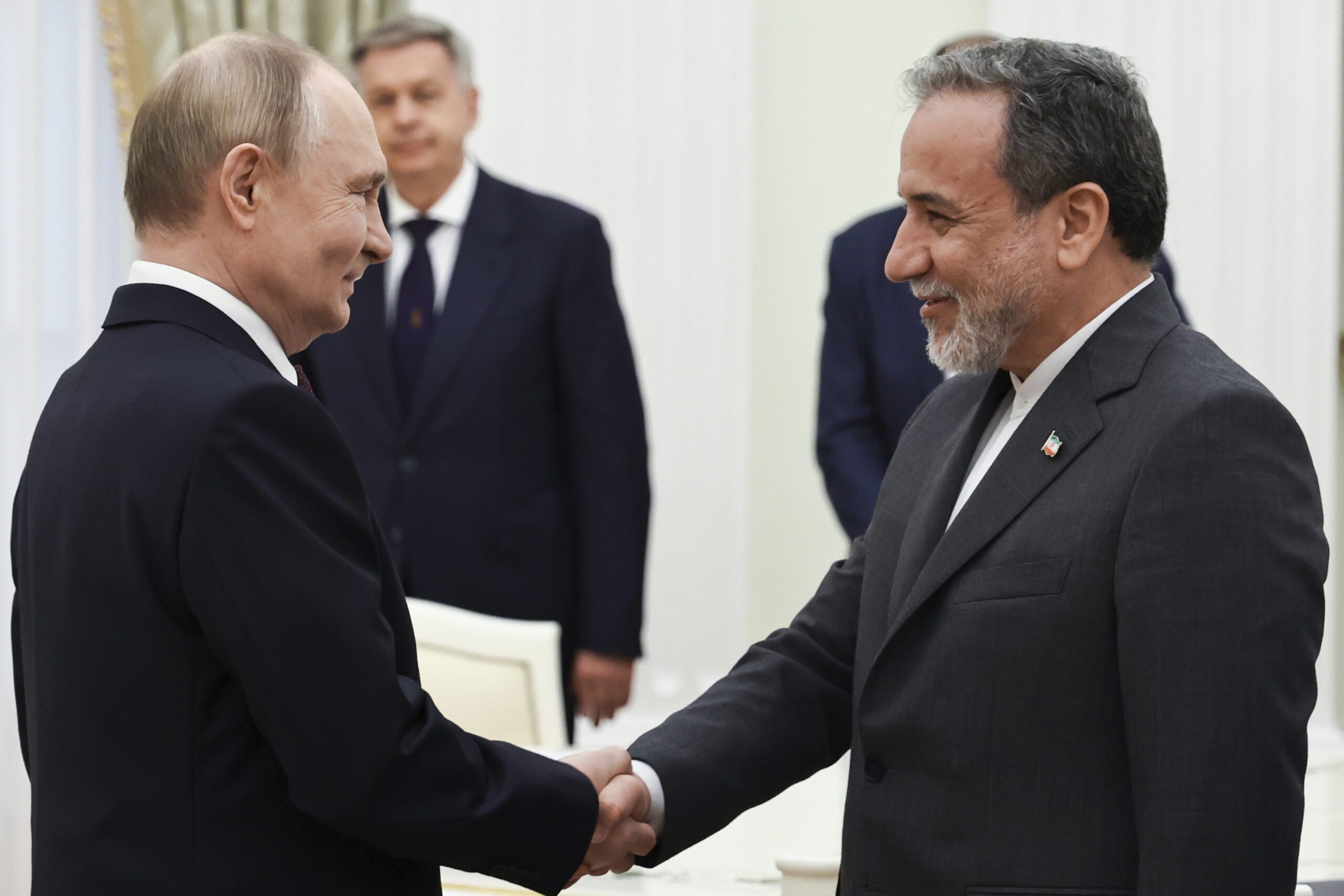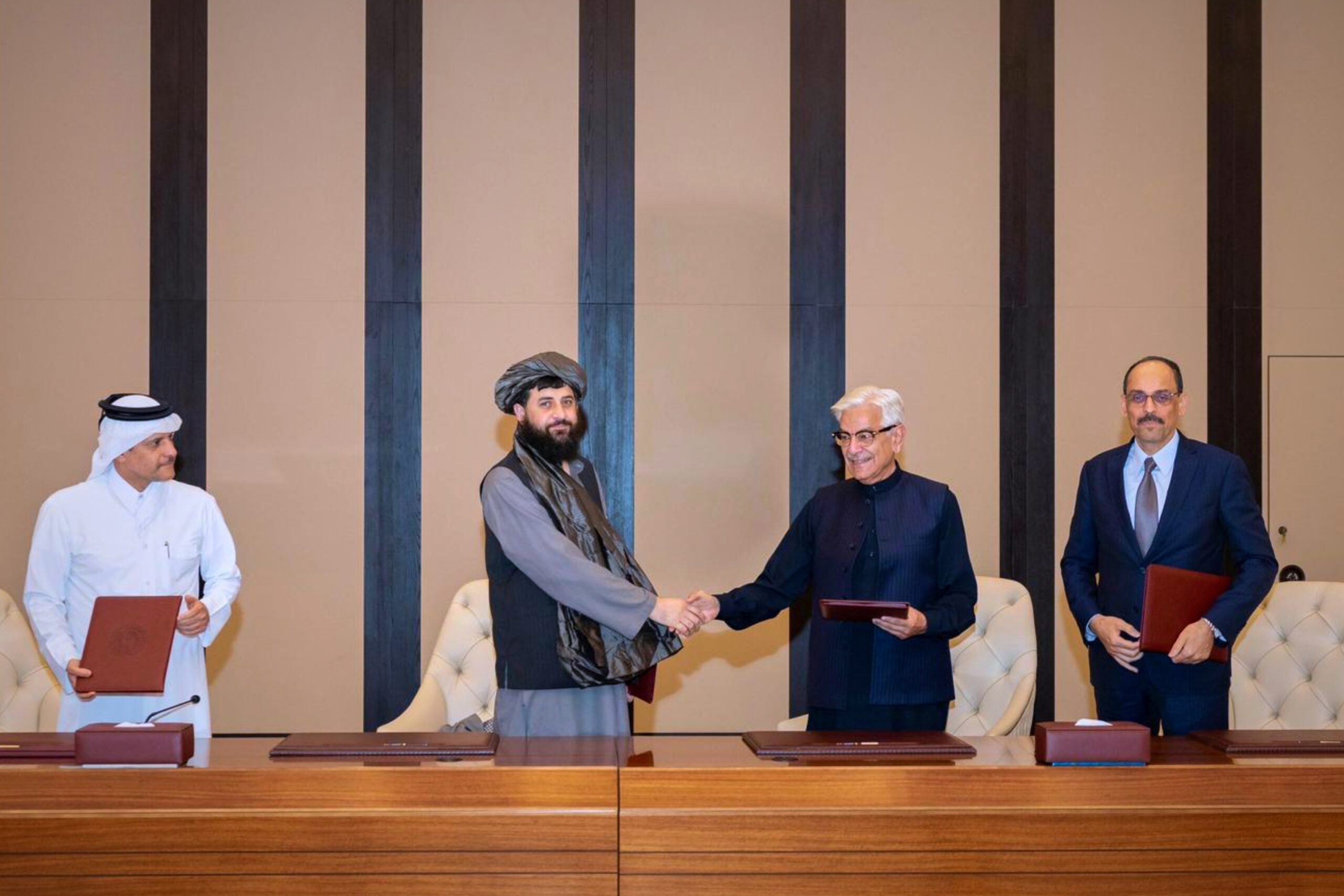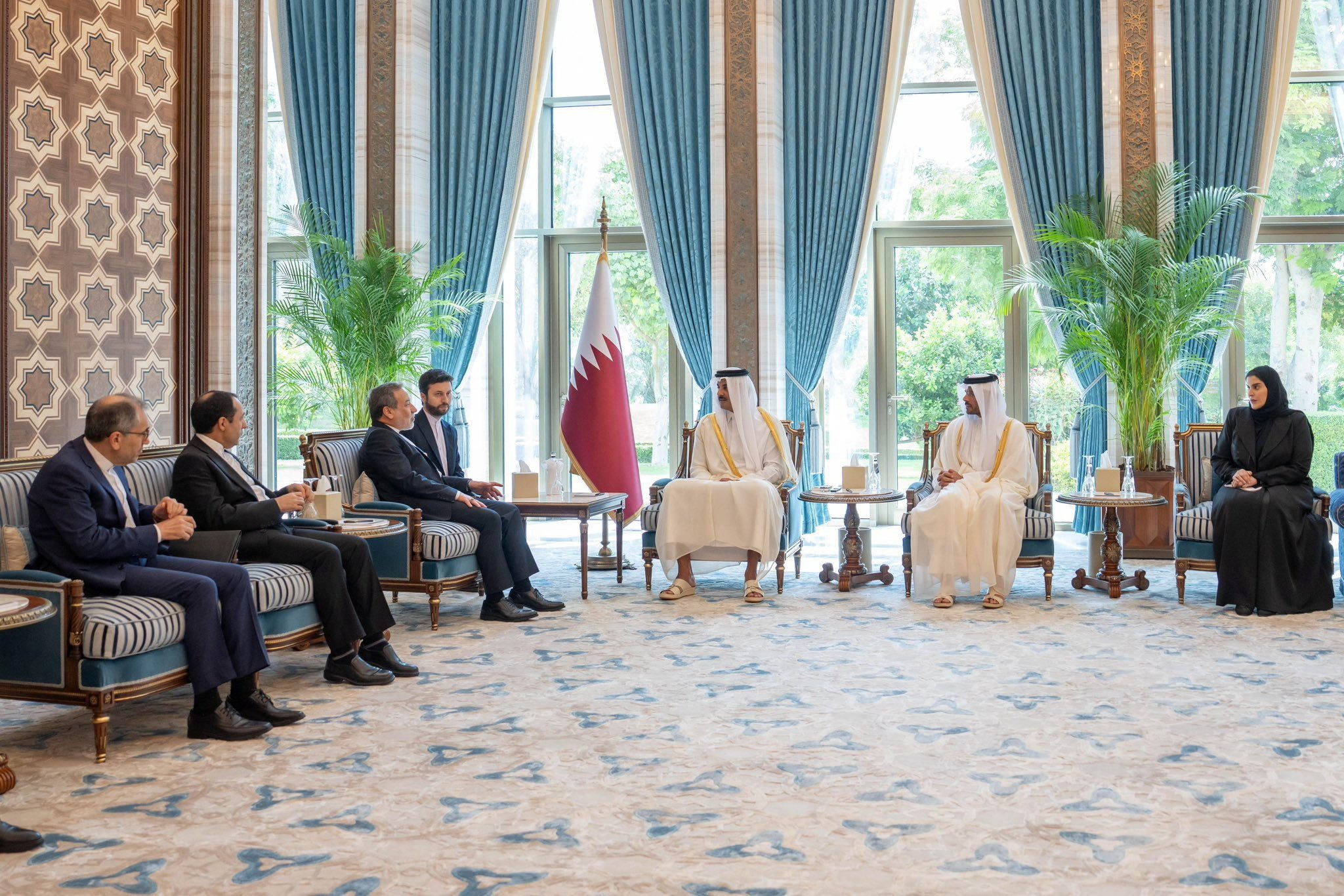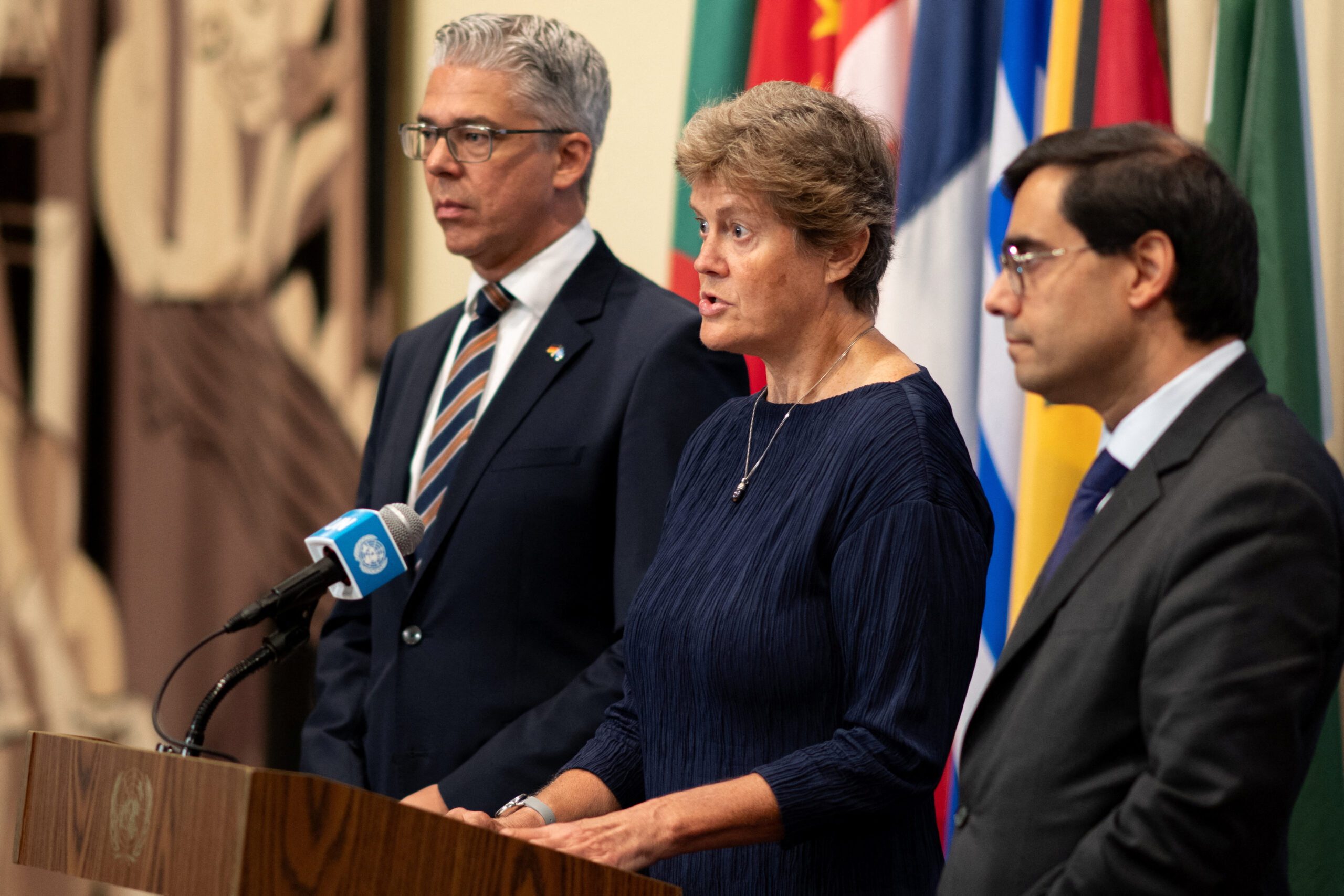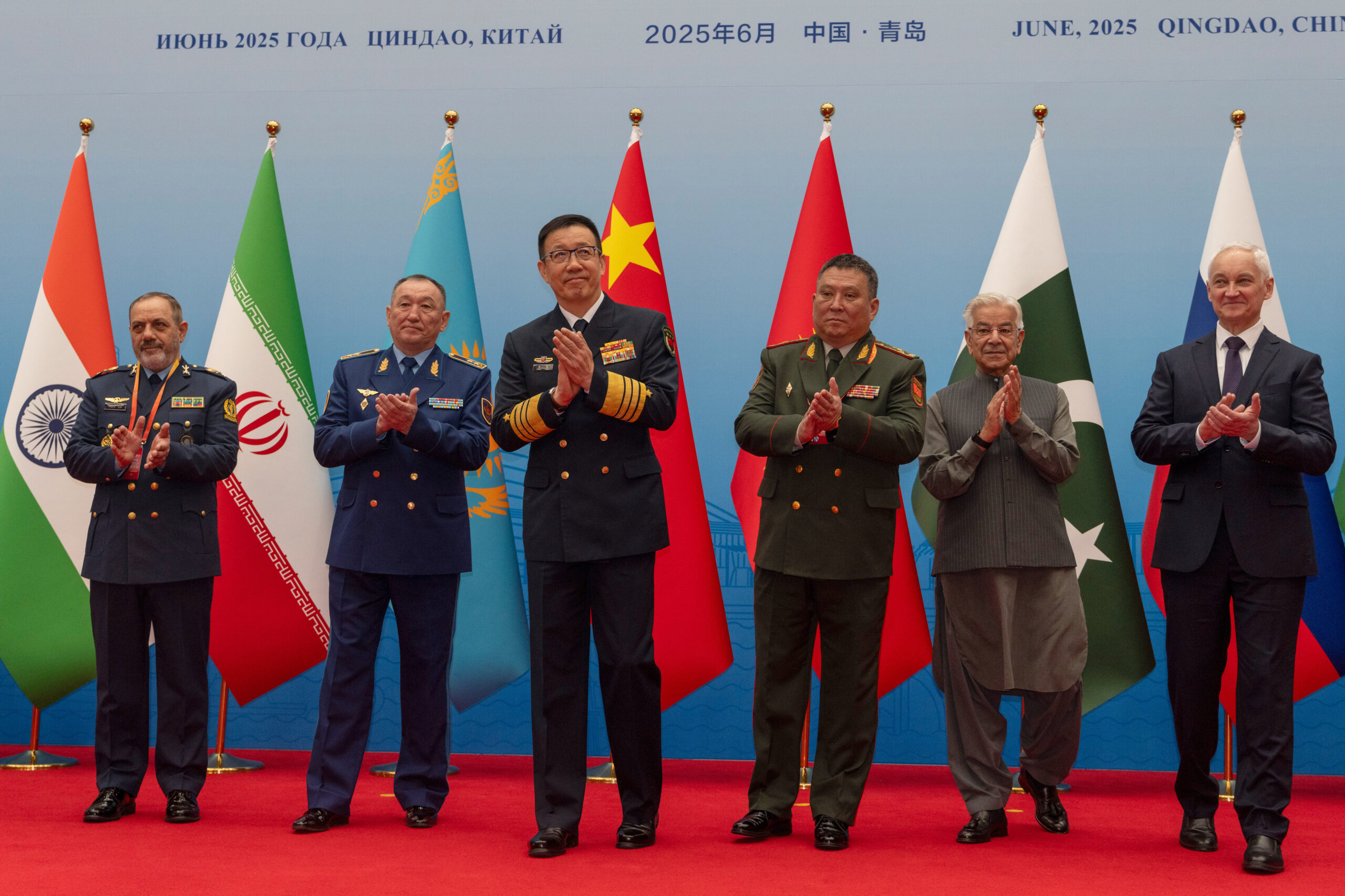The Enduring Saudi-Iranian Detente
The conflict between Israel and Iran demonstrated the endurance of the Saudi-Iranian detente but also revealed its key vulnerabilities.
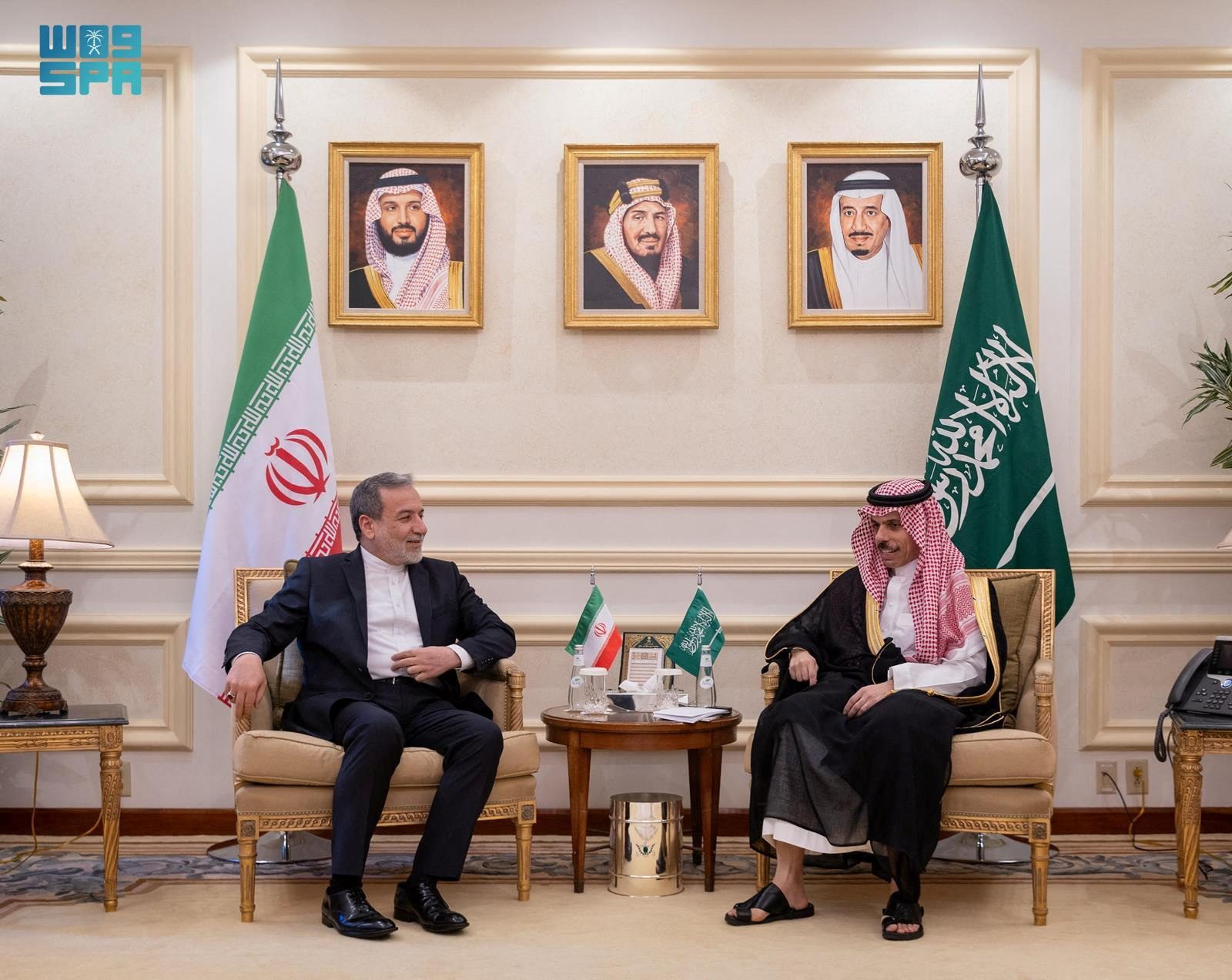
At a time of escalating regional volatility, the endurance of the Saudi-Iranian thaw has emerged as a rare source of stability in the Middle East. When Riyadh and Tehran restored diplomatic ties in March 2023, few analysts anticipated that their detente would prove so resilient almost two and a half years later. That it has withstood the intense shocks of June – a major Iran-Israel conflict, U.S. airstrikes on Iranian nuclear facilities, and Iran’s retaliatory (if largely symbolic) strike on Qatar’s Al Udeid Air Base – underscores both countries’ continued desire to avoid direct confrontation and maintain a basic equilibrium in relations. Still, this equilibrium is rather fragile. If the tenuous Iran-Israel cease-fire collapses and conflict escalates across the Middle East, the real test of the Saudi-Iranian understanding may yet lie ahead.
The Saudi-Iranian detente has thus far achieved what both sides hoped to gain from the landmark diplomatic agreement signed in Beijing in 2023. Effectively functioning as a nonaggression pact, the deal has fulfilled its core purpose. For Saudi Arabia – keen to advance Vision 2030 and mitigate risks stemming from the perceived Iranian threat – reengaging diplomatically with Tehran was a strategic move aimed at fostering greater stability both within the kingdom and throughout the region. For Iran, the primary objective was to ensure that Riyadh would neither support international efforts to isolate or pressure Tehran nor play any role in potential U.S. or Israeli military action against Iranian territory. Tehran also viewed renewed ties with Saudi Arabia as a path toward easing its relative isolation in the Arab world and, by extension, improving its standing on the global stage.
Riyadh’s Condemnation of Israeli Aggression
Saudi Arabia’s prompt denunciation on June 13 of Israel’s strikes on Iran reflected Riyadh’s strategic intent to convey a clear message to Tehran: It neither endorses nor enables Israeli military actions against Iran. The kingdom issued a forceful statement condemning the “blatant Israeli aggressions against the brotherly Islamic Republic of Iran.” The Saudis blamed Israel for violating Iran’s sovereignty and breaching international law.
The 12-day conflict between Iran and Israel ultimately reaffirmed that neither Tehran nor Riyadh has wavered in its commitment to detente. Both capitals remain intent on preserving the diplomatic gains of the past nearly two and a half years, resisting a return to the adversarial dynamics that characterized earlier phases of their relationship – particularly from January 2016 to April 2021, a period of hostilities and high sectarian tensions. Significantly, during the June conflict, some Iranian citizens called on Tehran to escalate tensions by targeting the energy infrastructure of Saudi Arabia and other U.S. regional partners, aiming to raise the costs of U.S. intervention for the administration of President Donald J. Trump. Yet, Tehran refrained from such actions, signaling a calculated restraint and strategic preference for regional stability and diplomatic engagement with Riyadh (and the rest of the Gulf Arab states) over retaliatory escalation.
Unprecedented Attack on Al Udeid
From Riyadh’s perspective, the Islamic Revolutionary Guard Corps’ presignaled missile strike on Qatar’s Al Udeid Air Base was deeply unsettling. The incident was particularly disconcerting given that Qatar has long been an Iran-friendly Gulf Cooperation Council member, and in light of the Gulf Arab states’ collective efforts to avert any scenario in which Iran would directly target infrastructure on GCC soil. The strike not only challenged the presumed immunity of a Gulf Arab state seen as a diplomatic intermediary between Iran and other countries but also underscored the limits of intra-GCC coordination in deterring Iranian escalation in the region.
While Riyadh condemned Tehran’s retaliatory, face-saving strike, the Saudi leadership signaled that the episode would not serve as grounds for a fundamental shift in Riyadh’s foreign policy regarding Iran. In essence, Saudi Arabia made clear that the incident, which only targeted the base hosting U.S. Central Command’s forward headquarters, would not be used as a pretext to unravel the ongoing detente. Crucially, Iran’s response to the U.S. military strikes on three of its nuclear facilities did not entail the targeting of U.S. assets on Saudi soil, and Tehran opted not to close the Strait of Hormuz – an act that could have profoundly destabilized Iran’s relationship with Saudi Arabia given the strait’s vital role for the Saudi economy. All this reflected Iran’s apparent interest in avoiding direct confrontation with Saudi Arabia, even amid heightened regional tensions and a desperate need to change the geostrategic equation that was allowing it to be pummeled by Israeli attacks.
High-Level Diplomacy and Crisis Management
On June 24 Saudi Crown Prince Mohammed bin Salman had a phone call with Iranian President Masoud Pezeshkian to discuss the cease-fire announced a day earlier. The call between the two leaders underscored their shared interest in shielding the Saudi-Iranian detente from the fallout of Iran’s missile strike on Al Udeid Air Base.
This diplomatic engagement demonstrated a shared resolve to contain the crisis and protect the diplomatic gains achieved since March 2023. Further reflecting this intent, Iranian Foreign Minister Abbas Araghchi made a notable stop in Saudi Arabia on July 9 while returning from the 17th BRICS summit in Brazil. During his visit, Araghchi held high-level meetings with Mohammed bin Salman, Foreign Minister Faisal bin Farhad, and Defense Minister Khalid bin Salman al-Saud. The significance of these engagements lies not only in their symbolism but also in what they reveal about Riyadh’s strategic calculus: Maintaining stable and functional ties with Tehran is essential to safeguarding Saudi national interests, particularly amid a period of intense regional conflict dynamics.
Although the recent conflict demonstrated the resilience of the Saudi-Iranian detente, it also deepened anxieties in Riyadh regarding the long-term trajectory of its relationship with Tehran. In particular, the IRGC’s missile strike on Qatar’s Al Udeid Air Base has prompted serious reflection within the Saudi leadership about the risks of being caught in the crossfire of future escalations. Aware of the cease-fire’s fragility and the very real possibility of renewed U.S. or Israeli strikes on Iranian nuclear infrastructure, Saudi officials recognize that a subsequent round of hostilities between Tehran and the U.S.-Israel alliance could unfold with far greater intensity. Saudi Arabia therefore finds itself navigating a delicate balance: preserving detente with Iran while preparing for the possibility of greater chaos in the neighborhood. There are legitimate concerns in Saudi Arabia and other GCC states that any future Iranian retaliation against U.S. assets or interests in the region could be significantly more consequential – less symbolic and choreographed than Tehran’s June 23 strike on Al Udeid Air Base. Such fears reflect a growing unease about the potential for escalation spirals that could draw the Gulf Arab states into direct confrontation or expose them to collateral damage.
Yet, despite these apprehensions, there remains strong reason to believe that both Riyadh and Tehran will continue on the path of detente. Indeed, the mutual interest in de-escalation and regional stability is likely to drive continued efforts to not only preserve but gradually deepen their diplomatic engagement in the period ahead.
The views represented herein are the author's or speaker's own and do not necessarily reflect the views of AGSI, its staff, or its board of directors.


